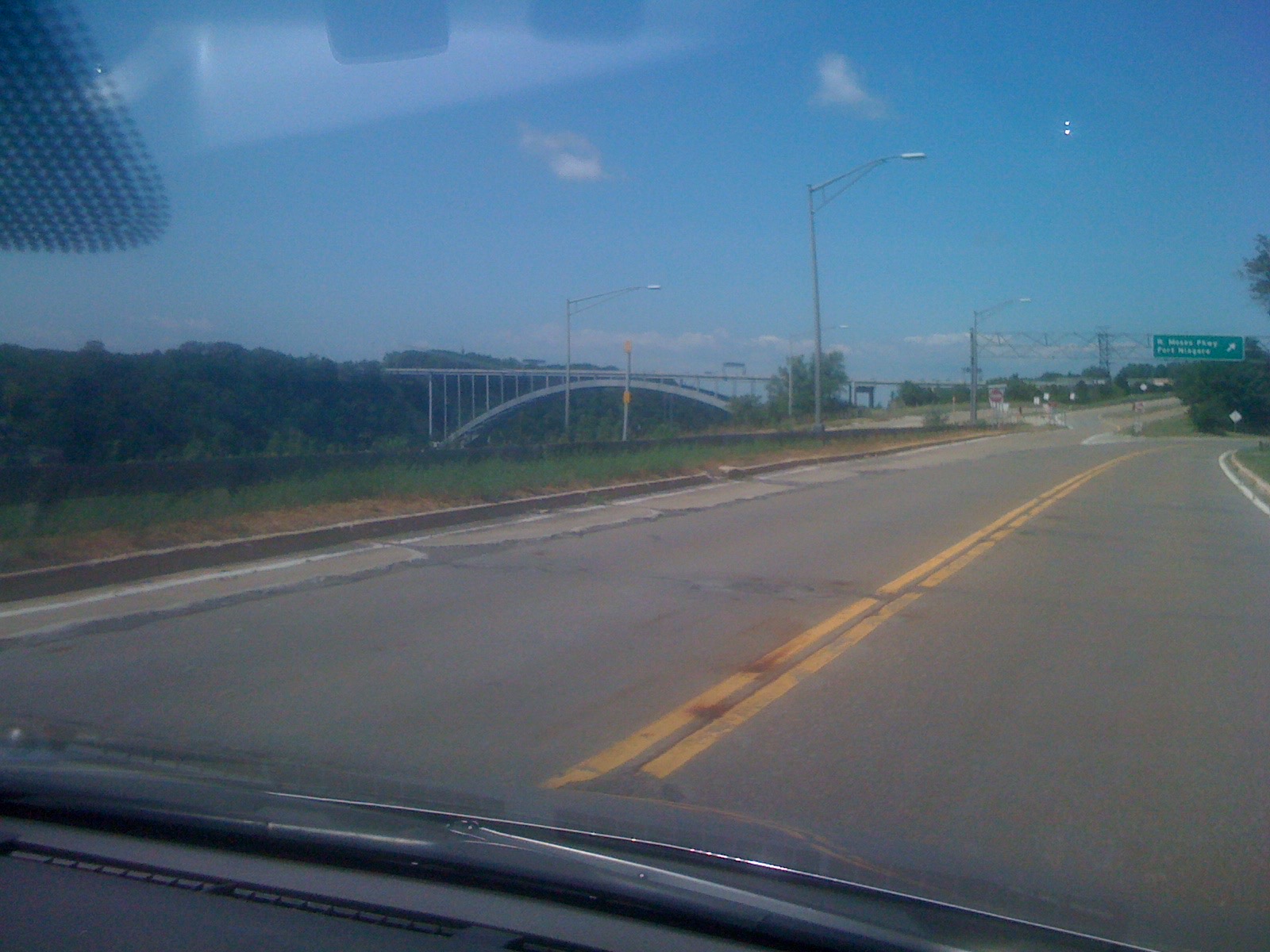Unusual weather conditions bring a raft of road crevasses from San Diego to Minneapolis and just about everywhere else – along with accidents and injuries. Is there something about the winter of 2023 that is extraordinary, pothole-wise? That might well be the case, but not for the usual reasons. Typically, brutal and extended cold and snowy periods give way to potholes in the spring, beginning in February in southern states,…
Read More
It’s that time of year, that month that is the dividing line between winter and spring, when hope springs eternal but car shocks might not. March is the month when temperatures fluctuate above and below the freezing mark (32ºF). Of course, the further south one goes that is more above freezing than below, but the fact remains that those oscillations are what matters most. Because simple water, in its expansions…
Read More
"Improve the condition of the roads. Apart from it leading to accidents and deaths, now we hear from health experts that it is leading to dengue and malaria.”
Read More

While airplane and cruise line travel are way down due to the coronavirus, travel by cars is almost exactly where it was in 2019. Better roads help.
Read More
This data suggests that, given how road quality affects all vehicles – regardless of whether they are traditional internal combustion engines or electric driven – that ensuring better pavement, including that which is pothole-free, offers an environmental as well as financial benefit to motorists and commercial freight haulers.
Read More
So what are the current innovations driving toward smarter, longer-lasting asphalt? What can make our tax dollars stretch further? How can our roads be safer, and less likely to inflict damage to our cars, trucks, and buses?
Read More
This is the time of year when potholes naturally plague driving everywhere. After some crazy weather patterns, 2019 is turning out to be a doozie, according to NPR and many tweets. As winter turns to spring, roads turn to battlefields – and the Spring of 2019 is no exception. After a relatively mild early winter the majority of America’s Midwest and Northeast was dealt with the “bomb cyclone” in March…
Read More
The conference itself, held in Indianapolis, achieved its goals. But attendees noticed something before they got to the convention center: Lots of potholes. Every two years the asphalt industry gathers for the “World of Asphalt Show & Conference,” a confab of more than 450 of the paving industry’s leading manufacturers and service providers. The convention is always held in a North American city, providing a chance for people in the…
Read More
Hot asphalt is more finicky than most people realize: It can’t fix pavement in cold and wet conditions. That’s why newer asphalt formulations were devised. It’s remarkable that asphalt has and continues to be so important in modern society. For all our technologies in a digital age, having flat pavement for cars, trucks, buses and bicycles is as important as ever. When potholes and lengthy road building activity slow traffic,…
Read More
In her book, “Move: Putting America’s Infrastructure Back in the Lead,” author Rosabeth Kanter sees technology, privatization and political will as the answer to our crumbling infrastructure. Rosabeth Moss Kanter is not an expert on asphalt and potholes per sé. The Harvard Business School professor is a specialist in strategy, innovation and leadership for change. And she has some pretty big, strategic and innovative ideas and perspectives on the sweeping…
Read More
If it seems like winter potholes and summer road repair are on an endless cycle, you’re right. For most pavement repairs, the temperature matters. Asphalt is a little like zucchini. And asphalt plants are like a zucchini garden. Each has a season and they are most productive when the weather is warm. You could even argue there’s an oversupply of both zucchini and road repair work in the hottest seasons.…
Read More
How does the quality of infrastructure affect a state economy? How might the condition of roads, bridges, airports, ports, railways, and utilities affect quality of life? Do potholes on our daily commute affect us in other ways? The CNBC cable news channel went about considering these and other factors in 2016, breaking down each condition by state. They considered such things as the percent of deficient bridges, the average commuting time to…
Read More
There’s more than one way to fix a pothole. Some fixes are temporary, some permanent, some were preventable – and maybe a type of bacteria is the future solution. At midwinter in much of North America, transportation authority road crews are busy with pothole repairs. It’s a time of year when motorists call in a pothole (or use one of the apps, such as See Click Fix) to the city,…
Read More
Salt and snowplows can make potholes worse. But blame time, traffic, temperature and precipitation for most asphalt pavement deterioration. A common misperception is that road salt and snowplows are what cause potholes. Both can be at least partially responsible, but that doesn’t explain why there are potholes in Los Angeles, Miami and Honolulu. Potholes are a product of precipitation, temperature, traffic and time. To be more specific, temperatures fluctuating above…
Read More
What’s in a word? Does calling our pavement “infrastructure” instead of “public works” in anyway help fix our potholes? Or is it the other way around? In his recent book, “The Road Taken: The History and Future of America’s Infrastructure," Duke University engineering professor Henry Petroski discusses (among many things) common misconceptions about the sources of funds for road construction and maintenance. Where it comes to our nation’s roads, bridges and other…
Read More
More than just a few municipalities are throwing in the towel on bad pavement. Replacing their potholes are gravel and dirt roads – which have their own issues. Two noteworthy American cities about 1400 miles apart are chewing up rutted, potholed pavement and replacing them with dirt and gravel. The reason this is happening boils down to money – or a lack thereof. But others argue it’s just a matter…
Read More
Are toll roads the future of good pavement? The lessons from Colorado’s E-470 might provide us a clue on how to provide pothole-free roadways. The first highway in the U.S. to use open road tolling – where drivers could skip human-staffed barriers and coin baskets, paying instead electronically – celebrated its 25th anniversary in 2016. It’s Colorado’s E-470 which links the eastern suburbs of Denver and which has successfully maintained its…
Read More
Is it possible? Might data science and data analytics help improve our potholed roads? Applied data science is all around us. It’s how Google Maps can recommend routes to take with some ability to predict traffic (because other Google Maps users have tested those routes before you, and GPS tracking records and analyzes the speed of those previous drivers at different times of day and in various road conditions). It’s…
Read More
It isn't necessary to choose between space exploration and fixing the roads, bridges and tunnels. For now, the bumps in the road cost drivers the most. Donald Trump, the 2016 presidential campaign hopeful, has drawn a line in the asphalt on where he thinks America should be investing: That would be fixing potholes in the streets, not sending rockets into space. The real estate mogul made these comments in 2015 to…
Read More
The phenomenon is altering weather patterns across the U.S. – placing new burdens on highway maintenance crews and budgets in dozens of states. Much as meteorologists predicted, the el niño winter of 2015-2016 is turning into a monster. The immediate effects of heavy rain and flip-flopped temperatures – it was warmer in Boston (69 degrees F) and New York City (72 degrees F) on Christmas Day 2015 than in many…
Read More
With the highly anticipated arrival of Spring 2015 almost upon us, most of the U.S. east of the Rocky Mountains will welcome warmer temperatures, grass instead of snow, and streets filled with potholes. Well, perhaps the potholes will not be welcome. But as sure as the sun will shine, there will be many, many potholes wherever there has been precipitation, freezing temperatures and vehicular traffic. Because those things are precisely…
Read More
With an accumulation of almost eight feet of snow so far in the winter of 2014-2015, the City of Boston is still trying to figure out how to make streets and public transportation systems operable. But the brutal, heavy-precipitation winter of 2015 in Massachusetts and much of the rest of New England will have an after-effect that may well last into the warmer, even summer months. Without question, there will…
Read More
The heavy rains on the West Coast in mid-December 2014 presented a mixed bag for the millions of people who live and work there. On one hand, the ample precipitation may signal the end of a devastating three-year drought. But the damage incurred by flooding and mudslides – with incidences of pavement ripped up by flows of water and earth – means it was a destructive event as well. Facts…
Read More
It’s more than just a pun to say that federal policies toward transportation, road maintenance and conservation are moving targets. As we head into 2015, there are many variables regarding parking subsidies and gas taxes that are at odds with each other. At the top of the news is the price of gas, dipping below $2.00/gallon at mid-December 2014in some locales with a national average around $2.75/gallon. For most of…
Read More
A national research organization argues that automotive trends – vehicle miles traveled per capita, car ownership rates and drivers licenses – are in recession, and that plans to build new highways should be scrapped. Instead, researchers recommend repairing the roads we have, fill the potholes and support alternative means of transportation. Are they right? The answer might be as mixed as the United States is diverse. Indeed, as a group…
Read More




